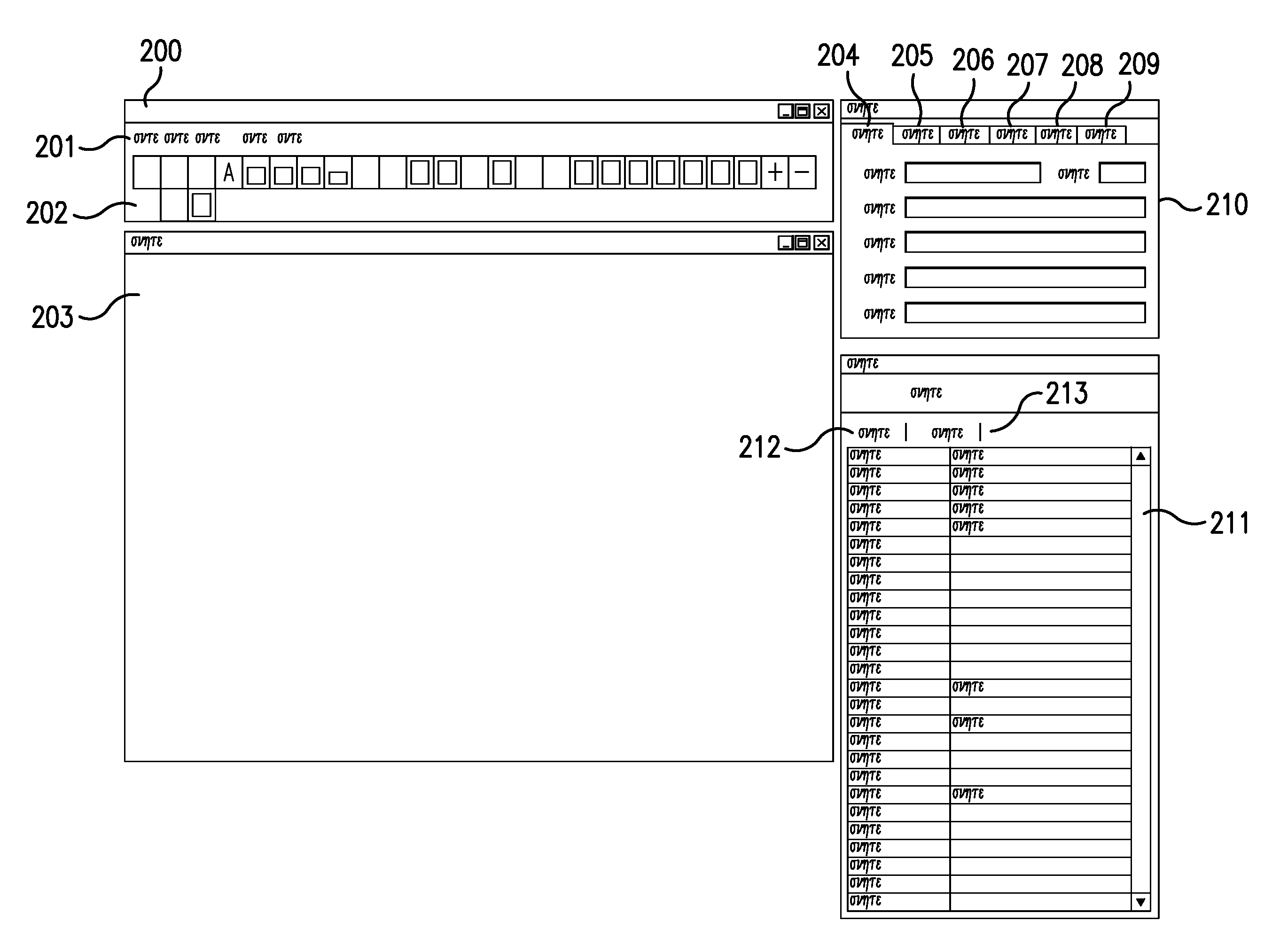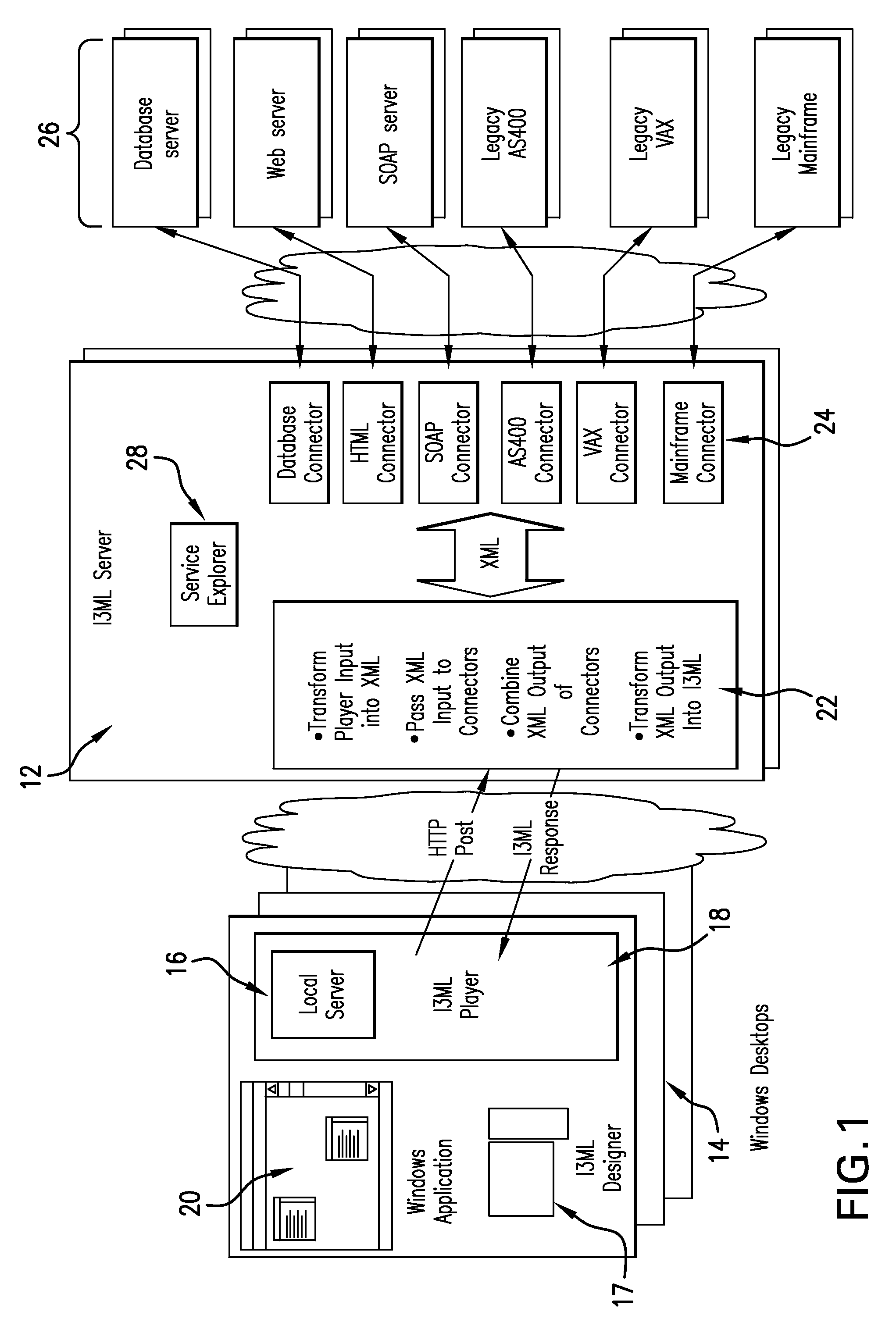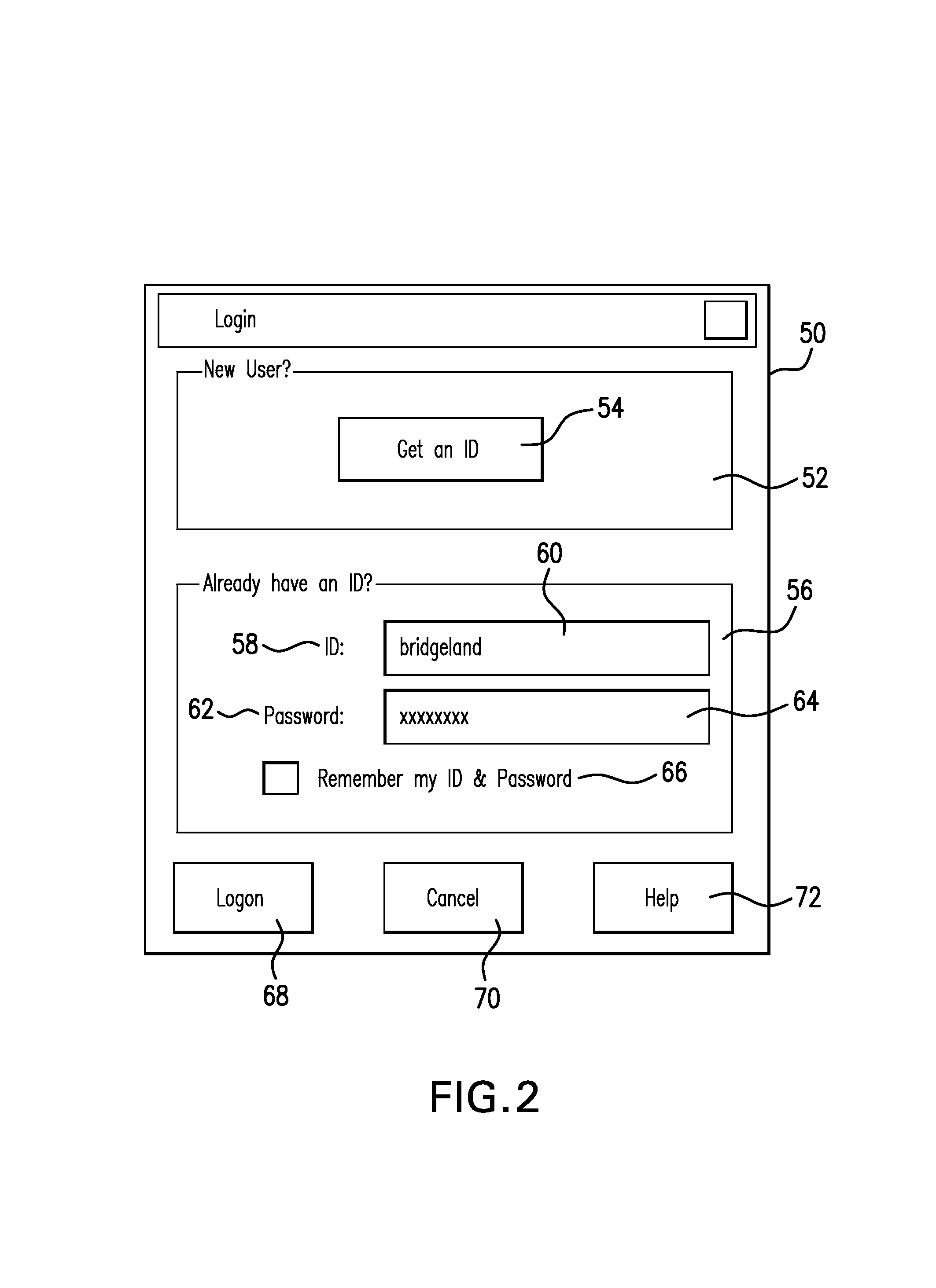Internet interface & integration language system and method
a technology of integration language and interface, applied in the field of graphic user interface, can solve the problems of increasing complexity of software applications, difficult to develop, take a long time to bring to market, etc., and achieve the effect of reducing processing power and network bandwidth, and improving system efficiency
- Summary
- Abstract
- Description
- Claims
- Application Information
AI Technical Summary
Benefits of technology
Problems solved by technology
Method used
Image
Examples
Embodiment Construction
[0044]The present invention, according to one embodiment thereof, relates to a system and method for employing I3ML data in order, among other things, to enable a user having very little programming knowledge to create graphic user interfaces. Generally, the system employs I3ML data so that the user interface may comprise various interface items and instructions corresponding to the interface item. The data which the system requires to display the interface item is stored in a set of I3ML data associated with the interface item. The set of I3ML data corresponding to each interface item of the user interface also comprises instruction data which, upon the user interacting with the interface item, is employed by the system to perform functions associated with the interface item.
[0045]FIG. 1 is a block diagram that illustrates the basic components of a system 10 that employs I3ML data, in accordance with one embodiment of the present invention. System 10 comprises a server 12 coupled t...
PUM
 Login to View More
Login to View More Abstract
Description
Claims
Application Information
 Login to View More
Login to View More - R&D
- Intellectual Property
- Life Sciences
- Materials
- Tech Scout
- Unparalleled Data Quality
- Higher Quality Content
- 60% Fewer Hallucinations
Browse by: Latest US Patents, China's latest patents, Technical Efficacy Thesaurus, Application Domain, Technology Topic, Popular Technical Reports.
© 2025 PatSnap. All rights reserved.Legal|Privacy policy|Modern Slavery Act Transparency Statement|Sitemap|About US| Contact US: help@patsnap.com



